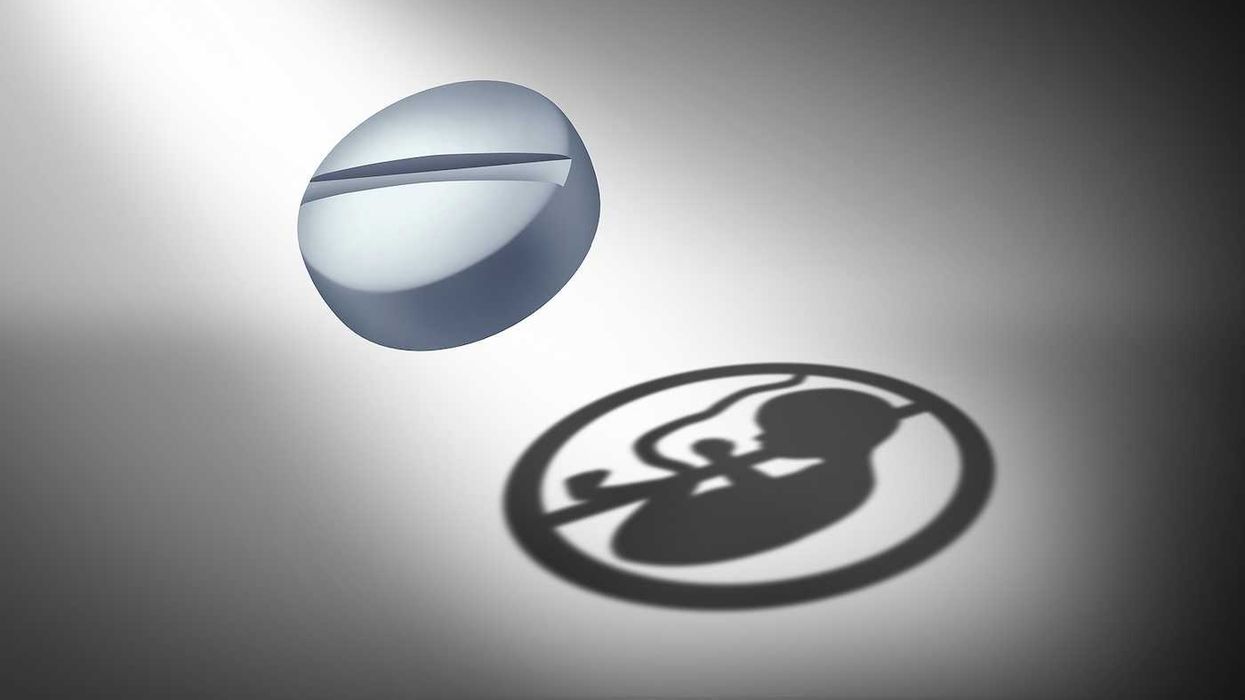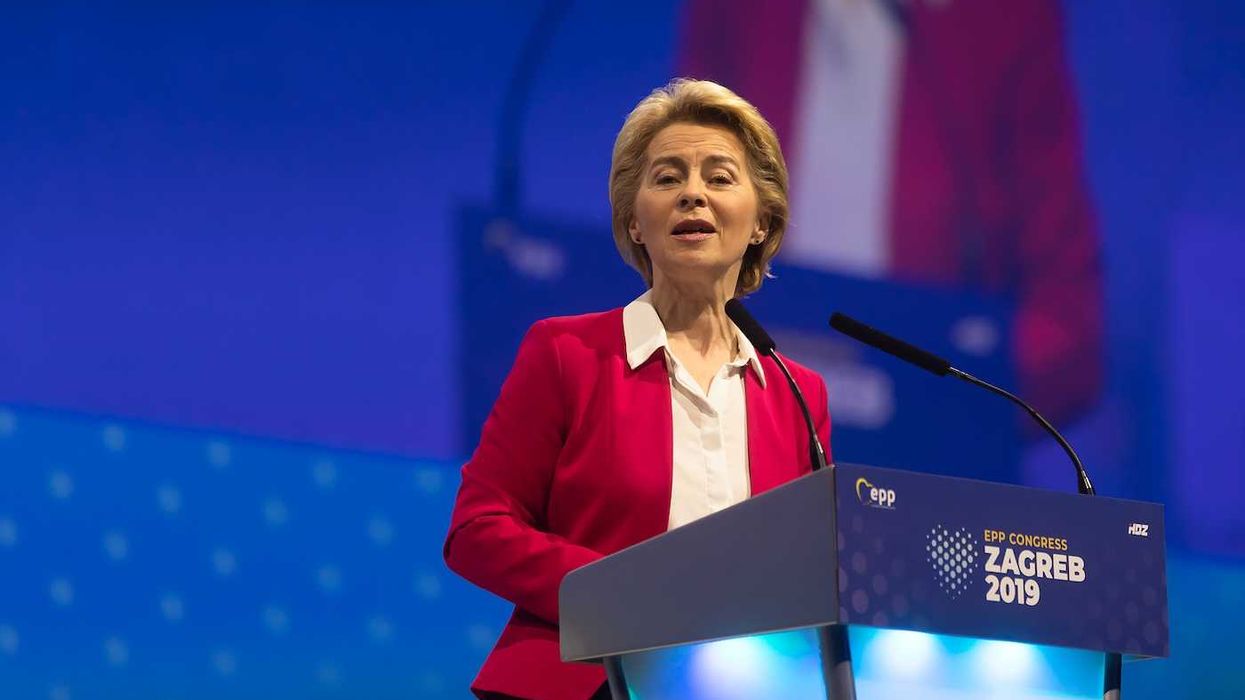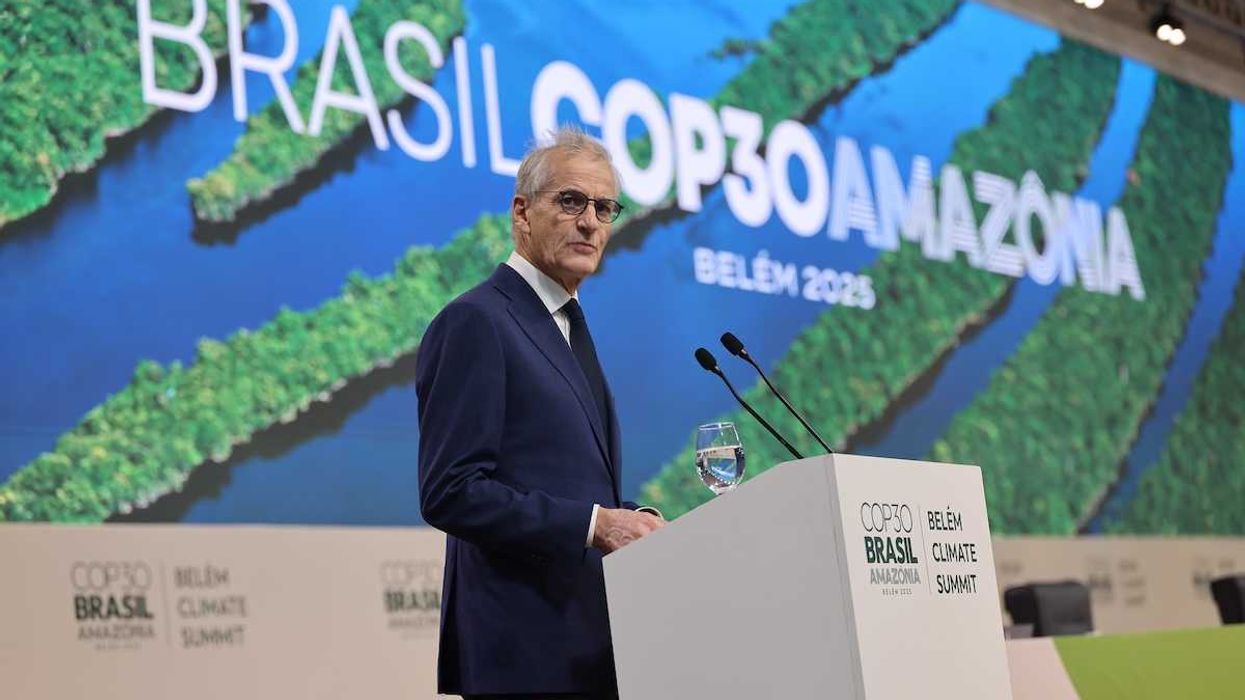The Environmental Protection Agency has directed Alaska to revise its water quality standards due to significantly higher fish consumption rates than previously estimated.
Eric Stone reports for Alaska Public Media.
In short:
- The EPA mandates Alaska to update its water quality standards within six to 12 months.
- Current state rules, last revised in 2003, underestimate Alaskans' fish consumption by 30 to 60 times.
- New standards aim to reduce pollutants, protecting health as Alaskans consume 7 to 14 ounces of fish per day.
Key quote:
“Alaska needs to revise its limits on toxic pollutants in the state’s waters to ensure that fish eating and use of its water bodies for other uses support healthy people and communities.”
— Caleb Shaffer, acting director, EPA Water Division for the Pacific Northwest
Why this matters:
Alaskans, particularly Indigenous communities, rely heavily on fish not just as a dietary staple but as a cornerstone of their cultural heritage. The higher consumption rates suggest that many residents may be at greater risk of exposure to pollutants that can accumulate in fish, such as mercury and PCBs. The EPA’s directive aims to ensure that water quality standards are stringent enough to protect the health of those who depend on these aquatic resources.














